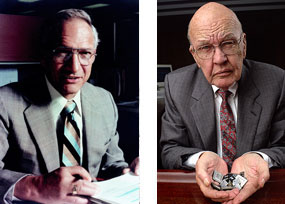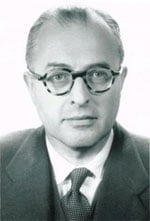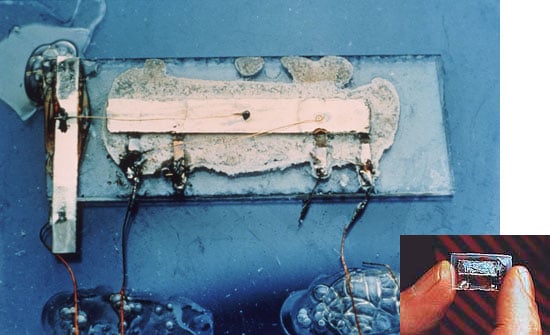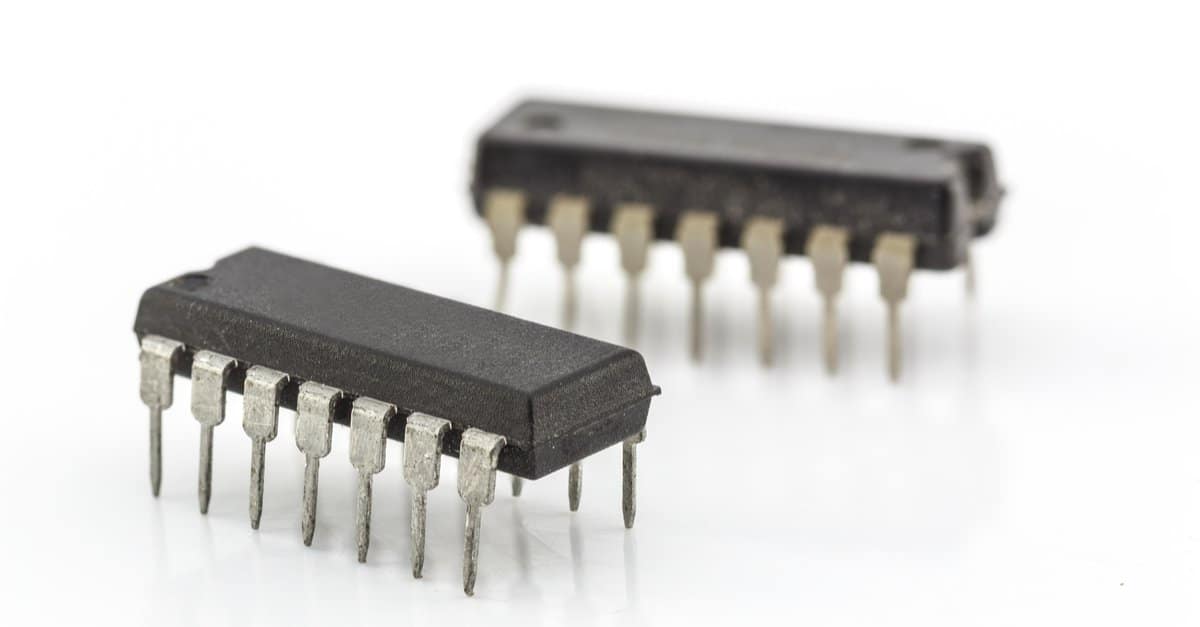
IC stands for integrated circuit. This specifically refers to the use of condensed circuitry instead of the older methods of creating circuits with wires, transistors, and other components all adding to the size of the overall circuit board. An integrated circuit is a way of circuits that eliminates the need for several components through the use of silicon boards and soldering for electrical conduction. Integrated circuits work by removing the need for transistors, resistors, diodes, capacitors, and wires by instead using silicon boards and soldering. In this article, we’ll explore the history, uses, and historical significance of the integrated circuit.
Integrated Circuit: History
The Integrated Circuit was technically developed and invented by three different individuals, all unaware of each other’s work. Geoffrey Dummer conceptualized the design, Robert Noyce was granted the first patent, and Jack Kilby’s application was reviewed while the first patent was granted.
Quick Facts
- Created
- Although the first concept for the circuit was developed in the 1950’s by Geoffrey Dummer, the first patent for the Integrated Circuit was granted to Robert Noyce in April of 1961.
- Creator (person)
- While the first patent was granted to Robert Noyce in 1961, Jack Kilby is also credited with having invented the first integrated circuit. Both individuals worked on their inventions separately and had no knowledge of the other’s. Before Robert Noyce and Jack Kilby, a British scientist named Geoffrey Dummer created the first concept for the integrated circuit in the 1950’s.
- Original Use
- While the integrated circuit can be used in a wide variety of devices, its core function is to reduce the surface area required to permit the movement of electricity through computer components.
- Cost
- While the price for the first integrated circuit is unknown, the manufacturing and sales of integrated circuits was a multibillion dollar industry by 1996, just five years after the first patent was granted.
The need for the integrated circuit (IC) was driven by the need for smaller and smaller components. Prior to British scientist Geoffrey Dummer’s first IC design the size of a device was limited by the ability to fit as many components into the circuit board as possible. Wires, transistors, and all the other components that make up the circuit need to work together to function properly, and the size of the components determines the size of the device.
The importance of the integrated circuit (IC) is in its ability to allow for the miniaturization of components. Smaller components mean smaller overall size, which allowed for the creation of almost every device we use today, from smart TVs to cell phones. Interestingly enough, all three original inventors of the integrated circuit (IC) had backgrounds working with radar technology.
Integrated Circuit: How it Works

Traditional circuits are composed of groups of wires, transistors, and other components. Integrated circuits differ in that several components are replaced with silicon particleboard, a different type of board than what was being used at the time. By using silicon, the size of the board was reduced even further by reducing the need for transistors, resistors, diodes, and capacitors. The size was further reduced by eliminating the need for wires as these parts could all be soldered to the silicon board.
Jack Kilby created an integrated circuit in 1960 while working with Texas Instruments. Unfortunately for Jack Kilby (and for Geoffrey Dummer), Robert Noyce had already applied for a patent of his design for the first integrated circuit in 1959, which was granted in 1961.
Circuit: Historical Significance

Integrated circuits serve a crucial function in the history of scientific inventions and the advancement of technology as a whole. Reducing the size of critical computing components of varying types paved the way for the creation of a multitude of other devices. Without the integrated circuit there might not be the slim smartphones everyone carries in their pockets, cars might not have many of the bells and whistles that come standard in most models, and many other technologies we consider conveniences and part of everyday life may either not exist or look completely different.
The largest proponent and first enthusiast of integrated circuits were the United States military, which was a symbol of technological advancement when the IC was invented. The importance of having the backing of the military meant what it usually does for technologies; massive amounts of funding, and endless spin offs of inventions adapted for civilian use from military technologies.

